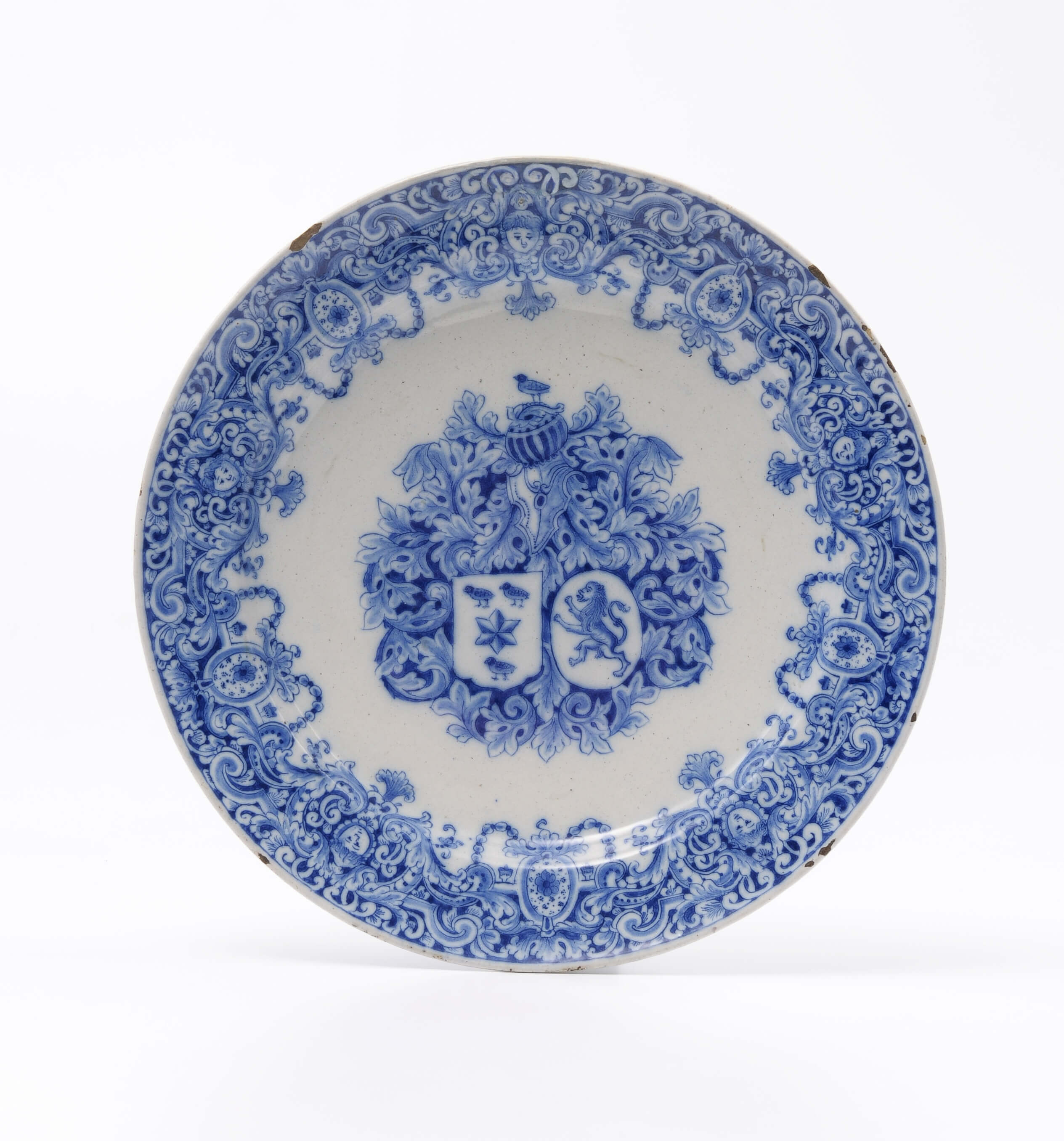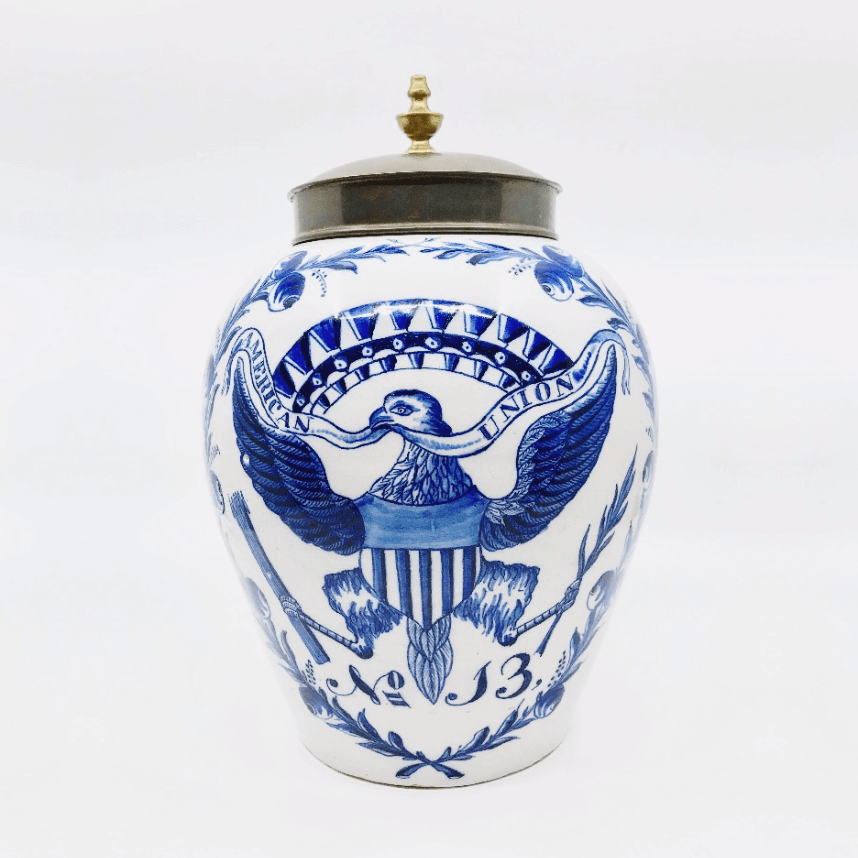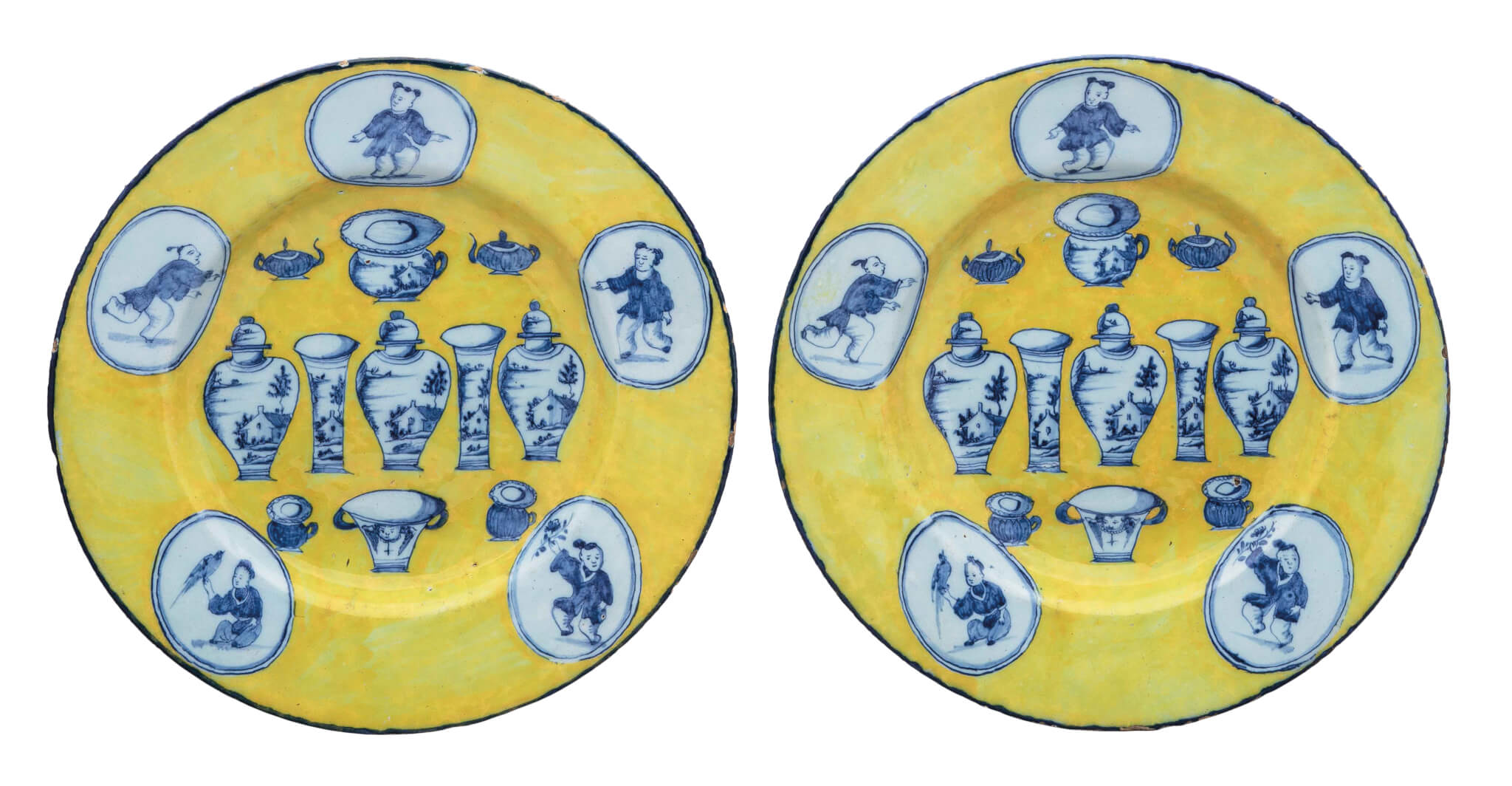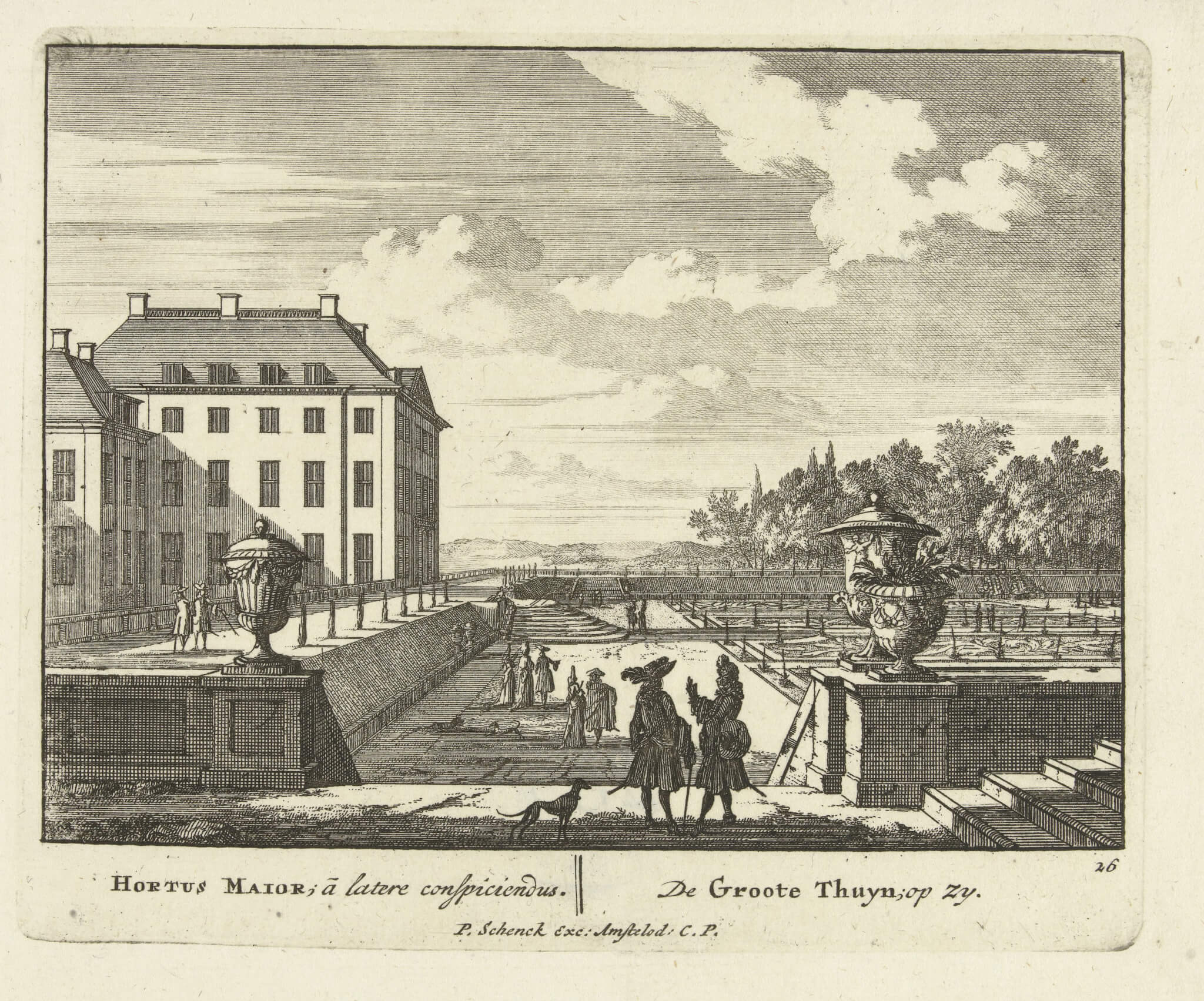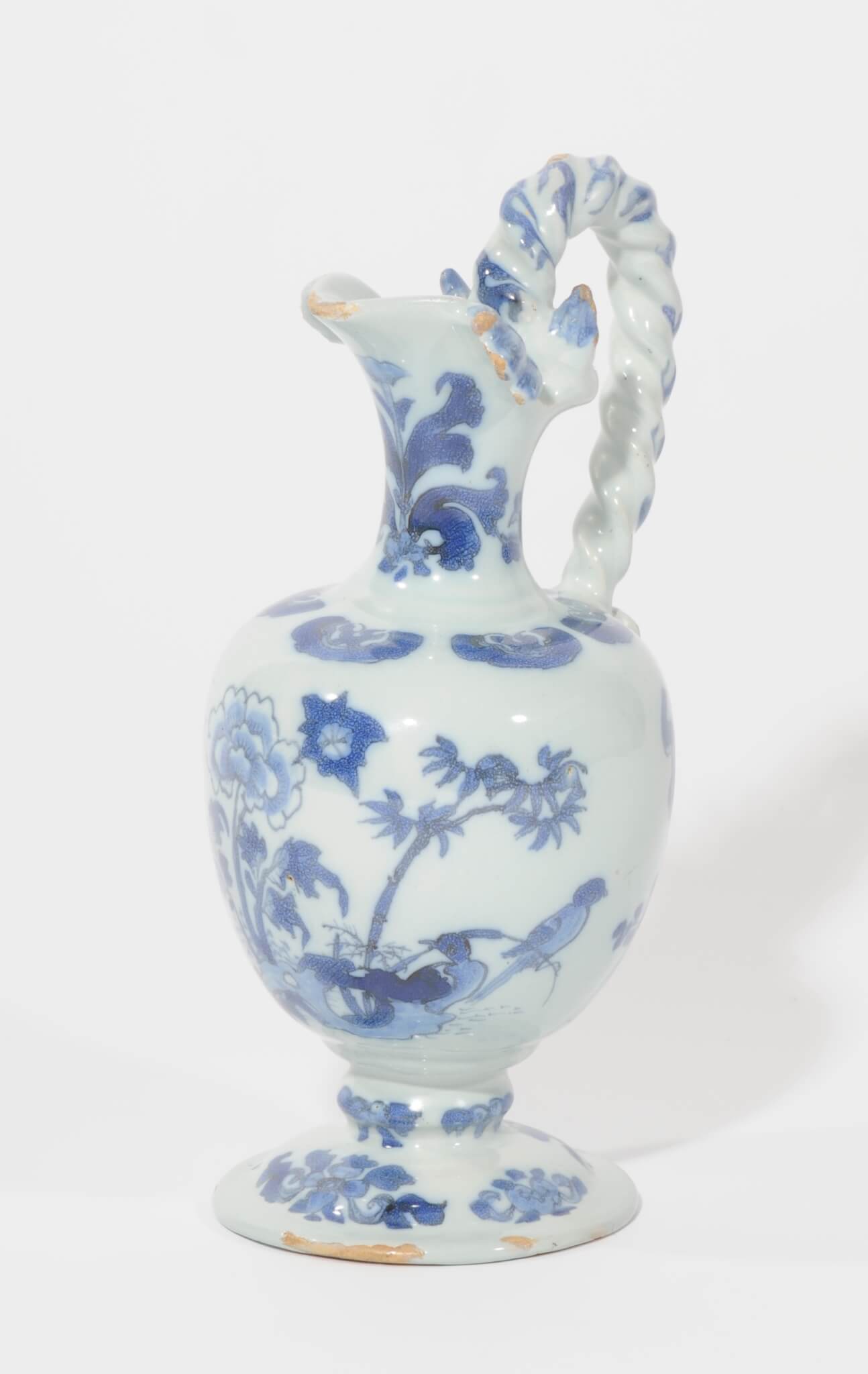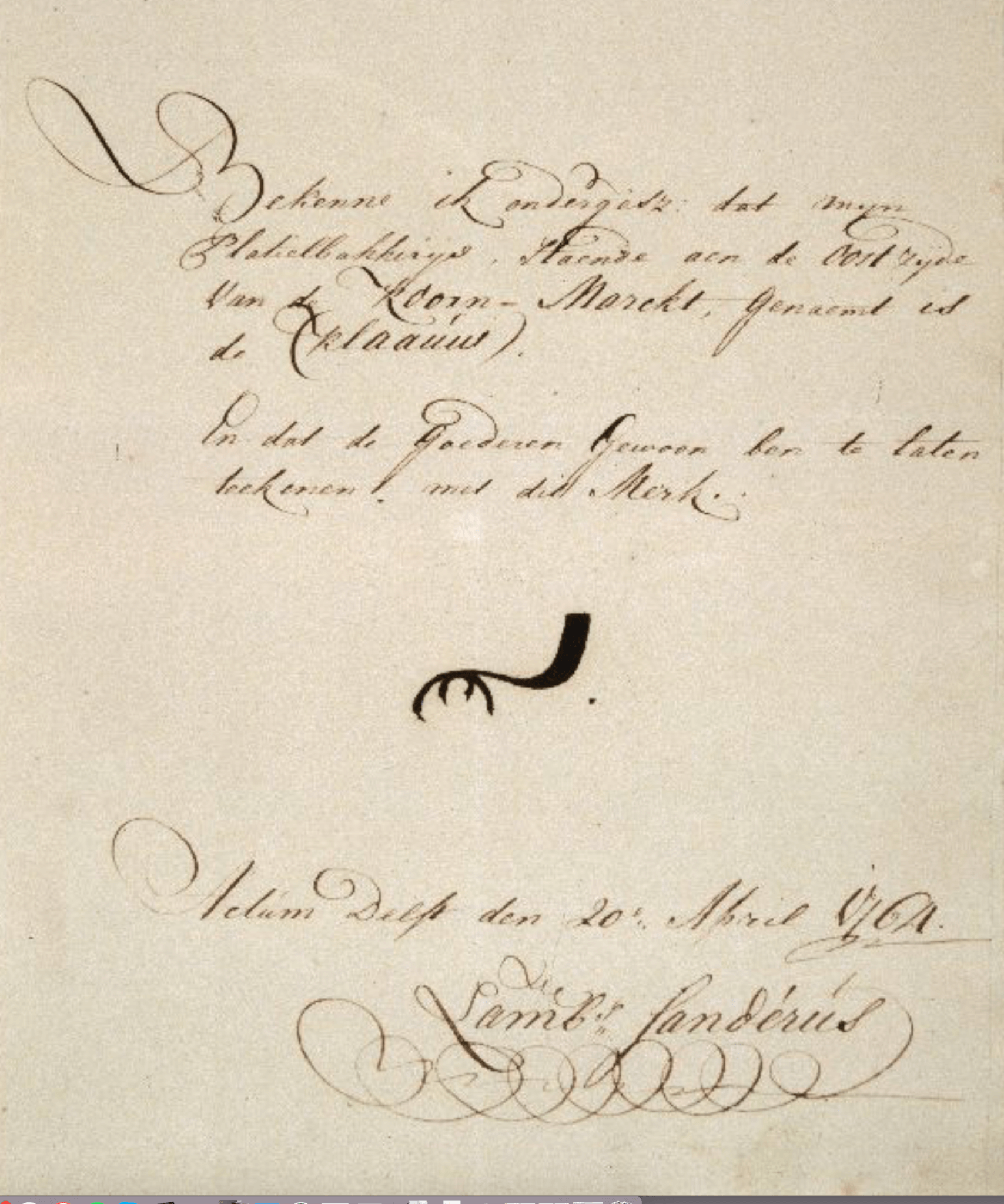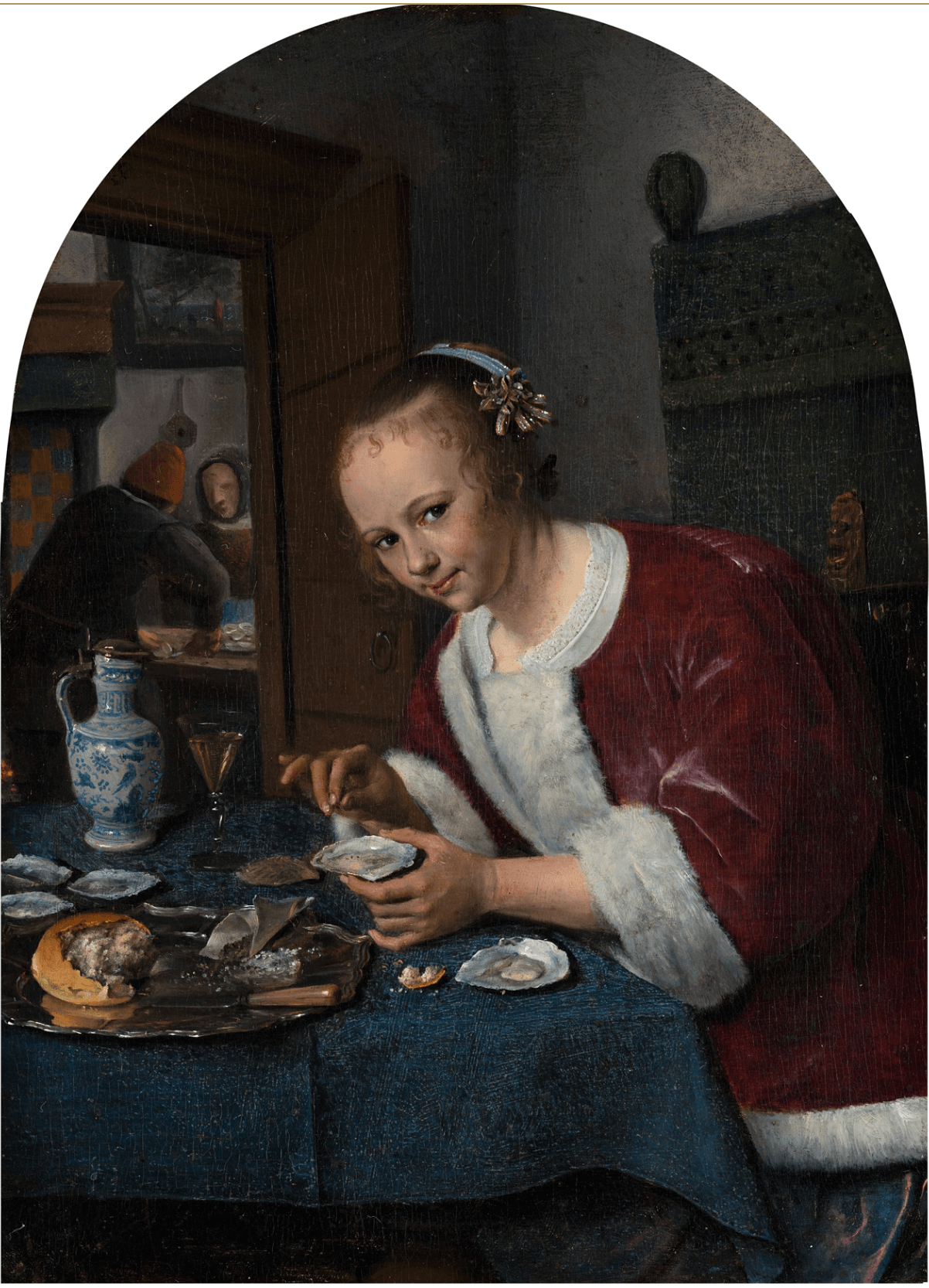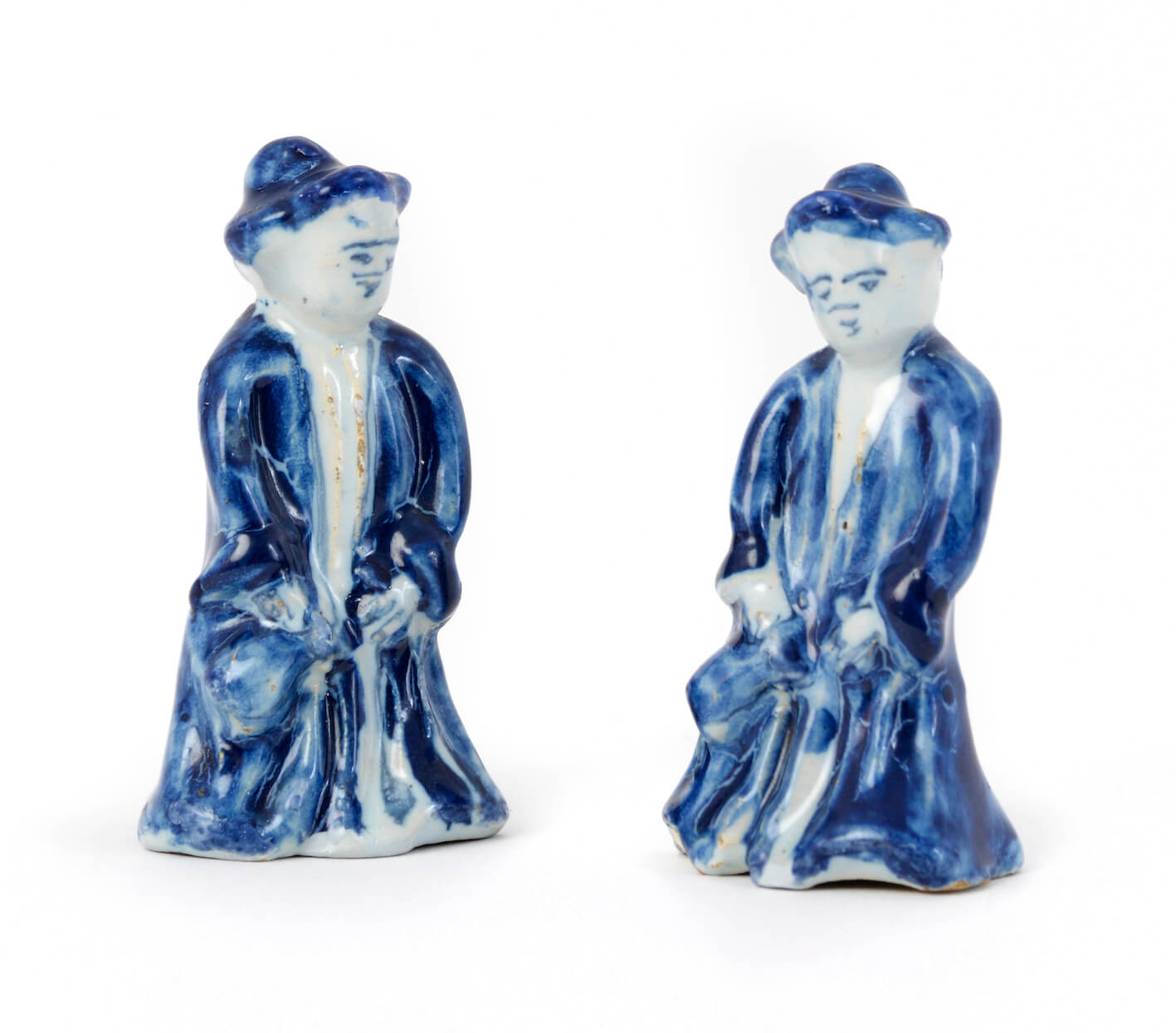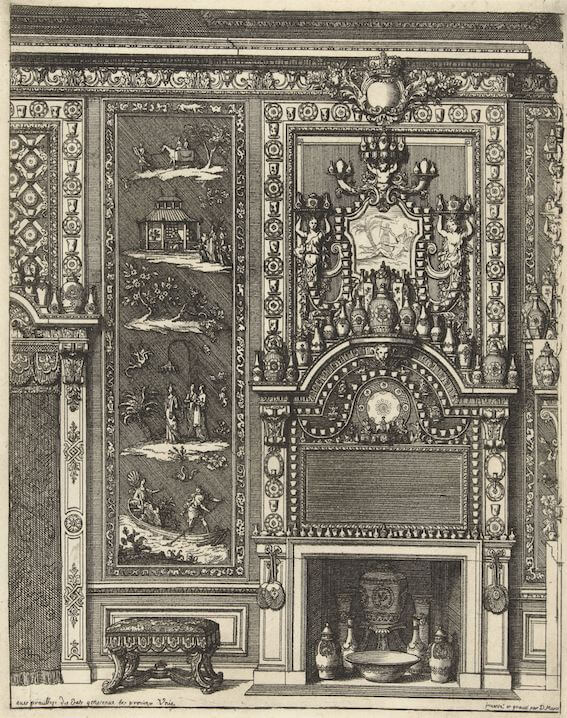De Witte Ster Factory During the Eighteenth Century
At the beginning of the eighteenth century, De Witte Ster (The White Star) was owned by Henricus Cleffius and Dirck Witsenburgh. During this period, objects of a remarkable quality were produced. However, the company encountered financial troubles. In order to pay back its creditors, the factory was sold in 1705 to Dammas Hoffdijck and Jacobus de…

